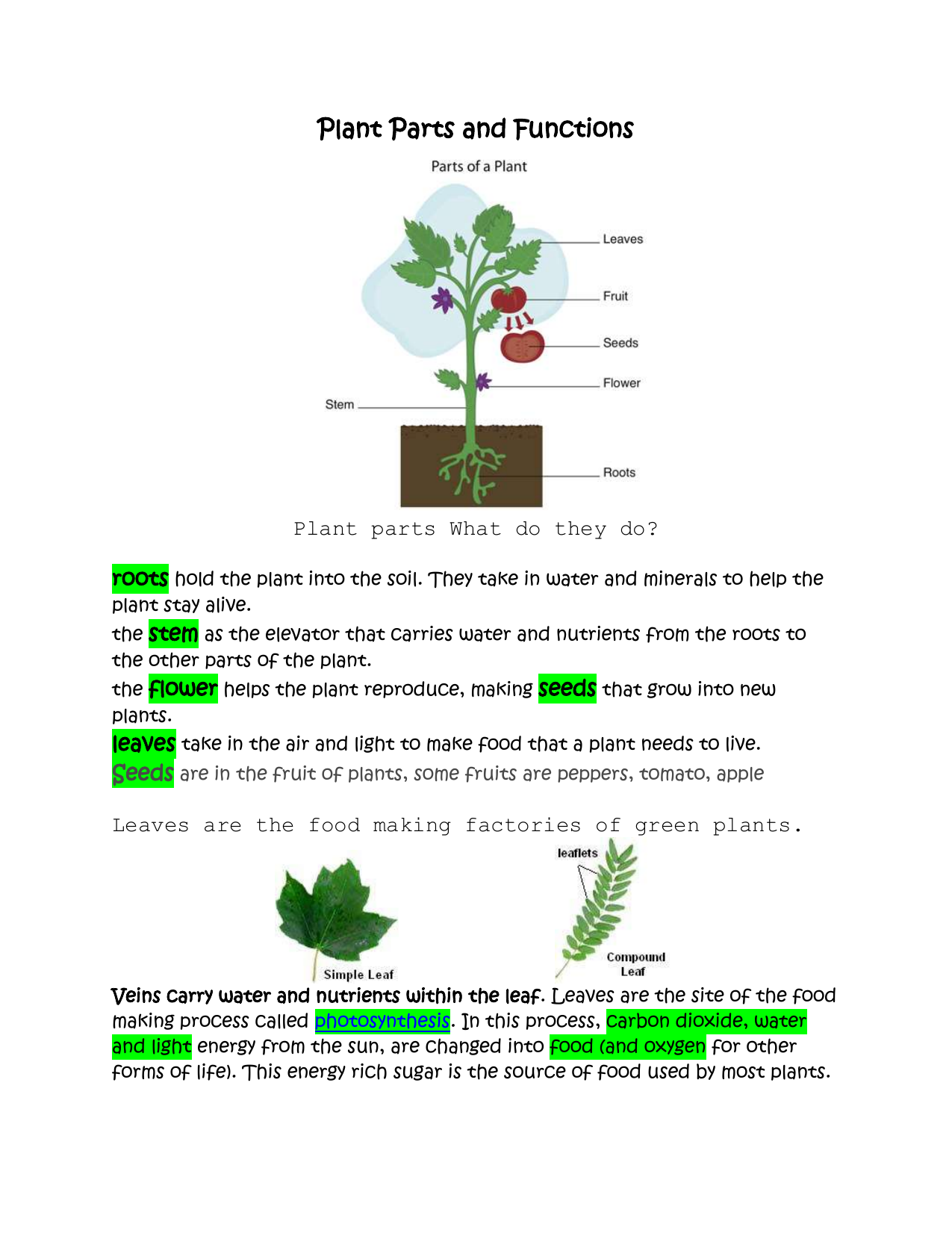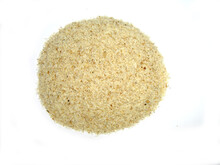Cocklebur: The Invasive Weed With Surprising Health Benefits
Title: Cocklebur: The Invasive Weed with Surprising Health Benefits
Introduction:
Cocklebur (Xanthium strumarium) is a common weed found in North America, Europe, and Asia. It is known for its sharp spines and prickly burrs, which can easily attach to clothing and fur. Cocklebur is considered an invasive species in many areas, as it can quickly spread and crowd out native plants.
However, cocklebur also has some surprising health benefits. The plant contains a number of compounds that have been shown to have anti-inflammatory, antioxidant, and antidiabetic effects. Cocklebur has also been used traditionally to treat a variety of health conditions, including arthritis, diabetes, and cancer.
Main Content:
Here are some of the health benefits of cocklebur:
- Anti-inflammatory: Cocklebur contains compounds that can help to reduce inflammation in the body. Inflammation is a major factor in many chronic diseases, such as heart disease, cancer, and arthritis.
- Antioxidant: Cocklebur is a good source of antioxidants, which can help to protect the body from damage caused by free radicals. Free radicals are unstable molecules that can damage cells and tissues, leading to a variety of health problems.
- Antidiabetic: Cocklebur contains compounds that can help to lower blood sugar levels. This makes it a potential treatment for diabetes.
- Cancer-fighting: Cocklebur contains compounds that have been shown to have anti-cancer properties. These compounds may help to prevent the growth and spread of cancer cells.
- Immune-boosting: Cocklebur contains compounds that can help to boost the immune system. This makes it a potential treatment for some autoimmune diseases.
Conclusion:
Cocklebur is a versatile plant with a number of potential health benefits. However, it is important to note that cocklebur can also be toxic in high doses. It is best to consult with a doctor before taking cocklebur supplements or using cocklebur as a traditional remedy.
Cocklebur is a common weed that can be found in fields, roadsides, and other disturbed areas. It is a coarse, summer annual broadleaf plant that can grow up to 3 feet tall. Cocklebur has spiny burs that can easily attach to clothing and fur, making it a nuisance to humans and animals.
If you are interested in learning more about cocklebur, I encourage you to visit Home Gardening. This website provides a wealth of information about cocklebur, including its identification, biology, ecology, and management. You can also find photos, videos, and articles about cocklebur on this website.
FAQ of cocklebur
- What is cocklebur?
Cocklebur is a type of weed that is native to North America. It has small, spiky seeds that can easily attach to clothing and fur, making it difficult to remove. Cocklebur can be a nuisance in gardens and lawns, and it can also be harmful to livestock if ingested.
- How does cocklebur spread?
Cocklebur spreads by its seeds, which are attached to clothing and fur. The seeds can also be spread by wind and water. Cocklebur plants can produce up to 2,000 seeds per plant, so even a small infestation can quickly spread.
- How can I get rid of cocklebur?
There are a number of ways to get rid of cocklebur, including:
* Hand pulling: This is the most effective way to get rid of cocklebur, but it can be time-consuming and labor-intensive.
* Mowing: Mowing can help to control cocklebur growth, but it will not kill the plant.
* Chemical herbicides: There are a number of chemical herbicides that can be used to kill cocklebur. However, it is important to use these herbicides carefully, as they can also harm other plants.
* Solarization: Solarization is a method of killing weeds by using heat from the sun. To solarize an area, cover the area with clear plastic for several weeks during the hottest part of the year. The heat from the sun will kill the weeds, including cocklebur.
- Is cocklebur poisonous?
Yes, cocklebur can be poisonous to livestock, especially cattle, horses, and pigs. If ingested, cocklebur can cause vomiting, diarrhea, and other health problems. In severe cases, it can even be fatal.
- How can I prevent cocklebur from growing in my yard?
There are a number of things you can do to prevent cocklebur from growing in your yard, including:
* Keep your yard free of weeds. Cocklebur seeds can easily germinate in bare soil, so it is important to keep your yard mowed and weeded.
* Don't compost cocklebur plants. If you have cocklebur plants in your yard, do not compost them. The seeds can survive the composting process and will germinate in your compost pile.
* Inspect your clothing and fur for cocklebur seeds after being outdoors. Cocklebur seeds can easily attach to clothing and fur, so it is important to inspect yourself and your belongings after being outdoors.
Image of cocklebur
- Rough cocklebur plant isolated on white background. This image shows a single rough cocklebur plant, which is a type of flowering plant that is native to North America. The plant has spiny leaves and burs that can attach to animals and clothing.

- Rough cocklebur green seeds close-up. This image shows a close-up of the green seeds of a rough cocklebur plant. The seeds are covered in sharp spines that can attach to animals and clothing.

- Detail of the leaves and seeds. This image shows a close-up of the leaves and seeds of a rough cocklebur plant. The leaves are serrated and the seeds are covered in sharp spines.

- Sticky cocklebur fruits. This image shows a close-up of the sticky fruits of a cocklebur plant. The fruits are covered in tiny hooks that can attach to animals and clothing.

- Xanthium cocklebur on white. This image shows a cocklebur plant on a white background. The plant has spiny leaves and burs that can attach to animals and clothing.

- Spiny Cocklebur Fruits. This image shows a close-up of the spiny fruits of a cocklebur plant. The fruits are covered in sharp spines that can attach to animals and clothing.

- Closeup of a brown cocklebur. This image shows a close-up of a brown cocklebur. The cocklebur is covered in sharp spines and has a sticky coating.
- psyllium husk, a cocklebur isolated on white background. This image shows a cocklebur isolated on a white background. The cocklebur is surrounded by psyllium husk, which is a type of fiber that is often used as a laxative.

- Beach cocklebur. This image shows a beach cocklebur plant. Beach cocklebur plants are native to coastal areas and have burrs that can attach to animals and clothing.

- dry bur at sunset. This image shows a dry bur at sunset. The bur is covered in sharp spines and has a sticky coating.

Post a Comment for "Cocklebur: The Invasive Weed With Surprising Health Benefits"